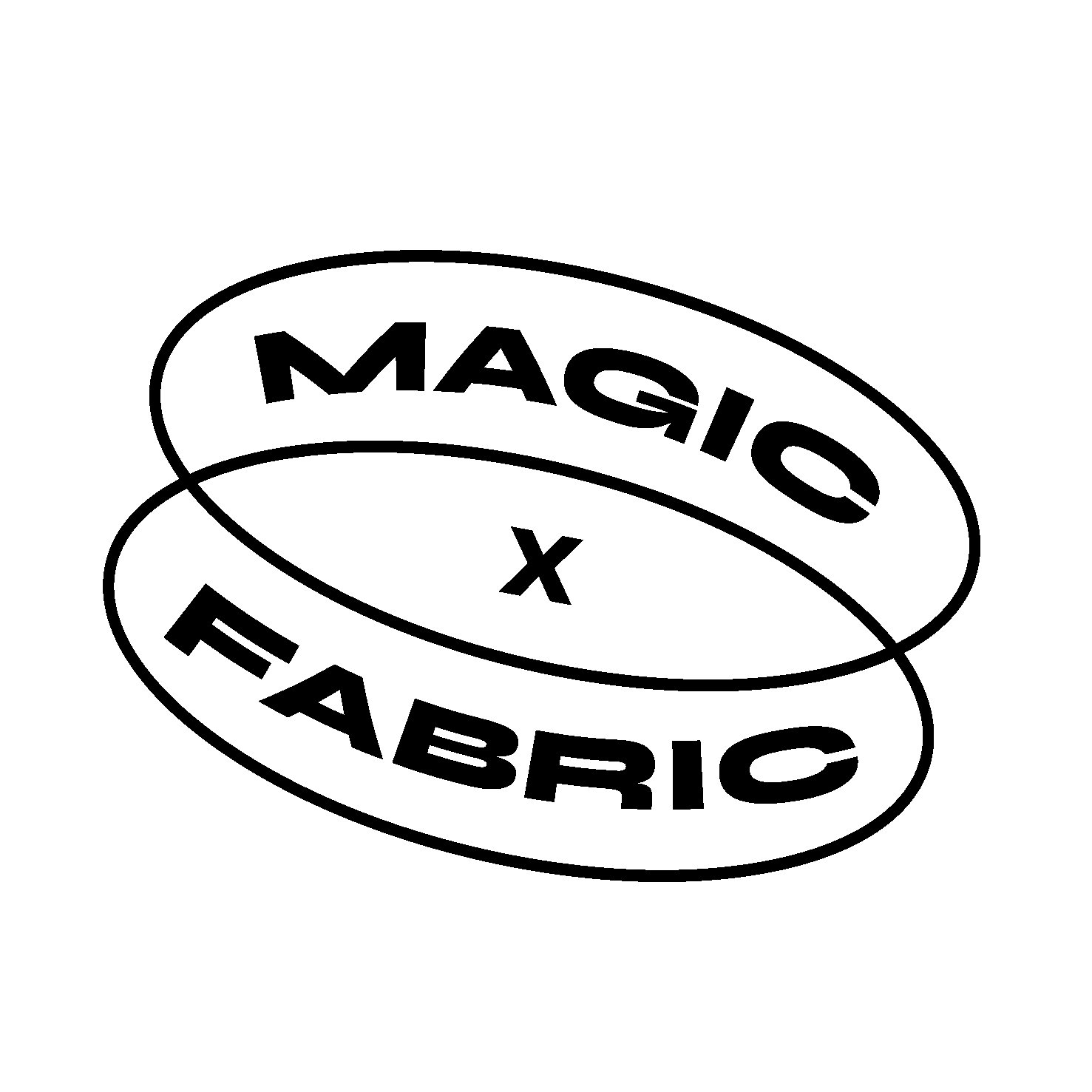Photogrammetry in Fashion
Photogrammetry is a method of creating 3D models using photographs. It has been used by artists and designers for centuries, and now also by fashion designers. The technology allows us to create accurate representations of clothing that would otherwise be impossible.
How does photogrammetry work?
Photogrammetry uses photos taken by cameras to create 3D models. This process is called “photogrammetry.” A camera takes pictures of an object, and software analyzes those images to determine the shape of the object. Then, the software creates a model based on the data collected from the photos. To start with, there are two main ways to take pictures of an object. You can either use a camera or you can use a laser scanner. A camera will capture images of objects using light reflected off of them. This method works well when you’re taking photos of things that aren’t moving. However, if you’re trying to take photos of something that is moving, then you could use e.g. a laser scanner instead. Laser scanners work by shining a beam of light onto an object and measuring how much light reflects back.
How is it used in fashion?
Photogrammetry can be used in fashion for multiple purposes. The video shows an example where photogrammetry was used by Warren & Nick in a fashion shoot for ES magazine. However, the technology has great promise for the industry as a whole as the need for 3D content is rapidly growing.
Photogrammetry for body scanning
Photogrammetry can be used as a body scanning method, capturing the full body, face, or feet to match them to products either visually or in fit. There are also a number of free apps on the market allowing you to 3D scan objects or garments using just your phone.
Photogrammetry for eCommerce
If you’re an online retailer, you might be interested in using photogrammetry to help improve your product photography. This technique allows you to capture detailed images of products without having to 3D model them from scratch. This can e.g. enable you to create 3D product interactions online. Photogrammetry for product visualization can seem quick and easy but can be a bit tricky as the scanning usually leaves out “hidden” parts of the objects and usually needs further cleaning or retopology. However, if you have a consistent camera setup with good lighting conditions you can achieve pretty great results that take you less time than modeling the object.




